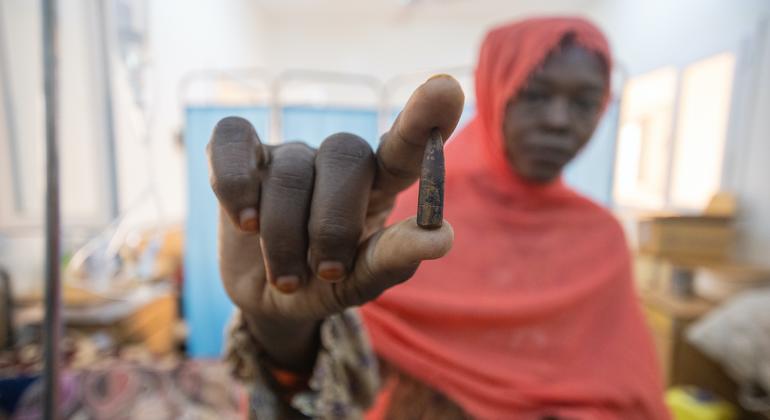By Mukami Njue
Africa remains ensnared in the structural cyclical debt trap, either in the guise of grants, concessional lending, or credit-enhanced capital. Despite low debt default risks, African governments remain saddled with low credit ratings. As of 2024, debt interest payments had increased to 27.5% of public revenues, yet credit ratings still paint Africa as a high-risk investment destination.
For decades, the ‘Big Three’ credit rating agencies – Fitch, S&P, and Moody’s – have enjoyed monopoly and dictated Africa’s access to international capital. Their assessments are often distant, biased, and not indicative of the risk of investment in African economies. These skewed ratings have persisted, limiting the continent’s ability to issue international bonds and other financial instruments, forcing African governments to subsist in frugal financial conditions.
The disparities in Africa’s credit ratings are conspicuous. While Botswana and Mauritius rank high, countries like Mozambique and the Democratic Republic of the Congo rank among the lowest. Notably, there have been selective defaults (SD) instances for Zambia, Ghana, and Ethiopia – where some debts are not serviced and others are. There has been the instance of Zambia defaulting on a $42.5 million Eurobond in 2020, when it was assigned an SD rating by S&P as well as a Caa2 rating by Moody’s. Ghana defaulting on foreign debt in 2022 with selective payments is followed by Ethiopia which, since 2021, has been in selective default as the country continues with restructuring under the G20 Common Framework.
A striking 22 African nations – accounting for 41% of the continent – lack sovereign credit ratings from the ‘Big Three.’ This absence further supports negative perceptions globally that Africa is not a functioning economy and renders international capital markets even more inaccessible. Nevertheless, many African nations are taking proactive actions to implement structural reforms such as tax policy reforms, debt reduction, and steps to mitigate geopolitical risks in an attempt to improve their creditworthiness.
To address these systemic imbalances, in June 2025, Africa will launch the Africa Credit Rating Agency (AfCRA). AfCRA will provide independent, reliable and Africa-owned credit ratings, to ensure greater fairness, enhanced transparency, and uniformly standardized, development-focused assessments for sovereigns, sub-sovereign entities, and corporations.
AfCRA will complement the current efforts to create a more inclusive and contextually relevant evaluation of creditworthiness, considering Africa’s unique economic landscape. The agency is driven by the initiative of African governments, financial institutions, and external partners to collaborate through the African Peer Review Mechanism (APRM). However, all this is not without challenges.
Will international investors recognize and bet on AfCRA, or will they continue to bet on the ratings from the traditional agencies? Will an African credit agency translate to African funding?
AfCRA will cost an estimated $500 million in funding. Historically, the African Union (AU) has relied on a combination of member state contributions, external partners, and the AU Foundation—with the European Union (EU) as a key donor and largest contributor to their budget. Will Africa now turn to regional Multilateral Development Banks (MDBs) such as Afreximbank and the African Development Bank (AfDB) for support?
The significance of credit ratings is not confined to the financial markets. The un-rated nations typically struggle to secure investments but rely nearly exclusively on grants and foreign aid. Nevertheless, a credit rating is determined by a number of variables – economic development, financial stability, institutional credibility, geopolitical influences, environmental, social, and governance (ESG) considerations, and natural resources. AfCRA has the potential to transform the way Africa is perceived and valued in global financial markets.
Critics may doubt if the AU is ready to bargain the nuances of international finance, but the launch of AfCRA marks a necessary first step on the path to financial sovereignty. Every transformative journey begins somewhere, and June 2025 is Africa’s turn to take back its own economic narrative. It is time to move past the elitist snobbishness and put money into regional approaches that reflect the economic reality of Africa.
The broader vision is unambiguous: promoting intra-African trade and financial autonomy. The African Continental Free Trade Area (AfCFTA) can increase intra-African trade by 15% to 25% by 2040 through tariff eliminations alone. Intra-African trade has the potential to rise from 40% to over 50% depending on trade liberalization efforts. The success of AfCRA hinges on its ability to offer impartial, world-recognized ratings and act on behalf of Africa’s economic interest in the long run.
The cost of inaction is too high. It’s time for Africa to own its economic destiny.

 By Africa.com | Created at 2025-04-04 15:11:01 | Updated at 2025-04-04 23:37:05
8 hours ago
By Africa.com | Created at 2025-04-04 15:11:01 | Updated at 2025-04-04 23:37:05
8 hours ago








